The proud region of France where the dream of monarchy lives on
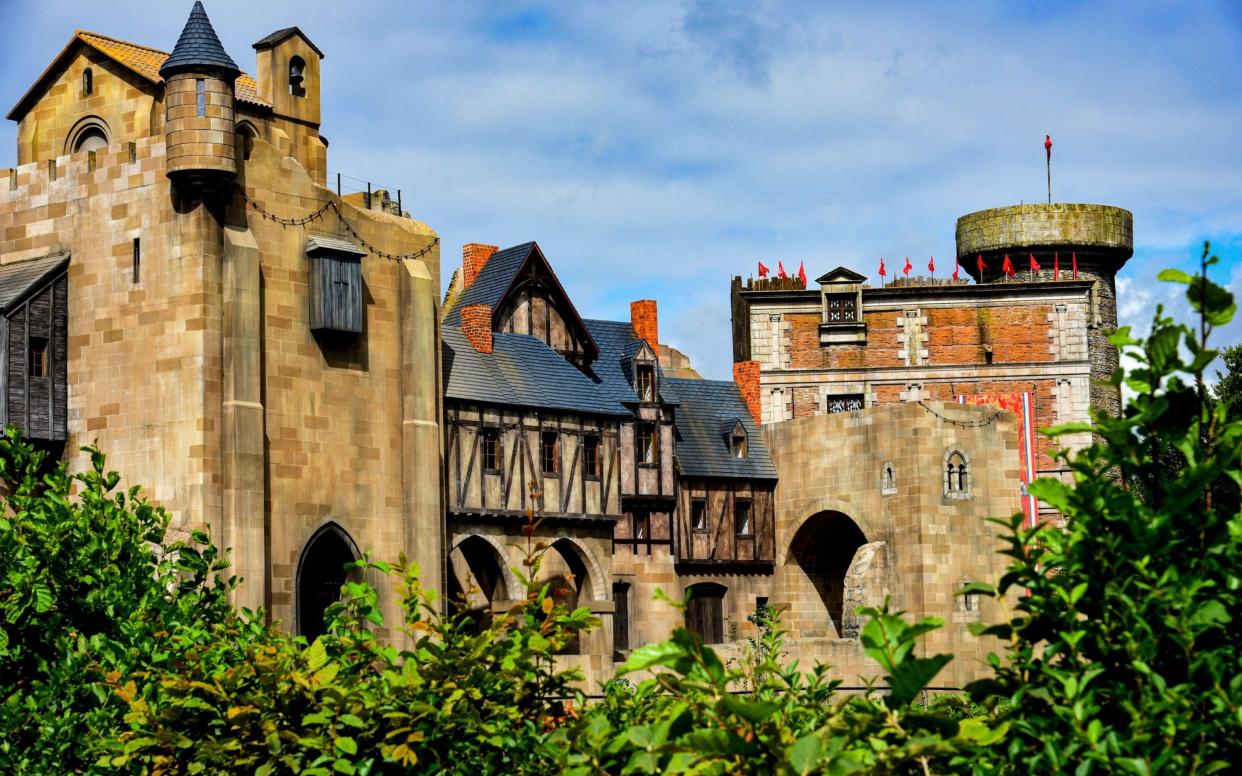
Wouldn’t you just know it? The cat is among les pigeons once again in France as, encore and encore, they re-fight the French revolution. You might have thought that they had enough on their plate, with the entire nation on strike for the right to retire immediately after A-levels are done. But no. A much older conflict has resurfaced this week with the opening of what, at first sight, seems a straightforward swashbuckling movie.
Vaincre ou Mourir (Vanquish Or Die) traces the fate of one General François-Athanasie Charette de la Contrie – better known, thank heavens, as “General Charette”. A Catholic, royalist and wearer of fine, feathered hats, Charette led an insurgent peasant army as the Vendée region in western France rose against the excesses of the revolutionary republic in 1793.
In Britain, we would see this as a simple, stirring tale of derring-do. In France, it agitates the eternal bad blood between those who consider the revolution and republic as unmitigated good things, and others who don’t. By depicting Charette as a warrior hero, the film plunges headlong into a controversy which never dies. Left-wingers have dismissed the work as, in the words of the Libération newspaper, “reactionary and biased”. In Le Monde, it has been described as “an ideological and dissident object.”
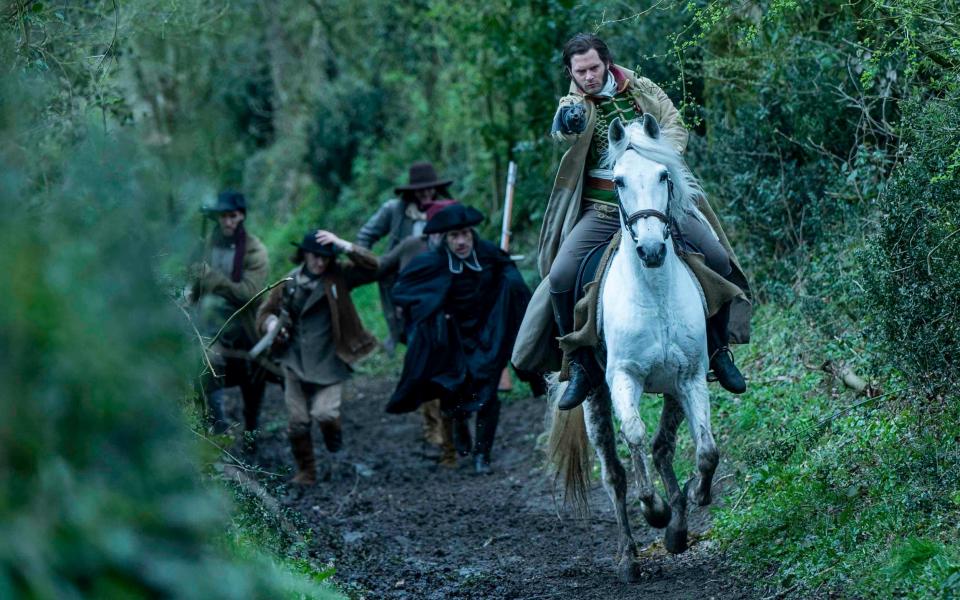
These folk are all the more annoyed that Vaincre Ou Mourir is the brainchild of the people behind the Puy-du-Fou historical theme park – the key visitor attraction of the Vendée. The de Villiers dynasty has never been known for socialist sympathies.
Scion of the dynasty and film producer, Nicolas de Villiers this week suggested that Charette was “a hero who belonged to everyone, a hero for all of France.” The movie was “a work of reconciliation”. Given the clamour, that goal is perhaps some way off. But the film does put a spotlight on an episode in French history which amounted to a civil war, which has long been underplayed by Republican histories but which has had a lingering impact on the Vendée.
You will have heard of this region, to the south of Brittany. You may have holidayed there. Campsites abound along 160 miles of coast. Inland, the landscape is of pastures, woods and hedges, apparently undisturbed by anything more boisterous than milking time. But there’s savagery in the CV.

War exploded when, in 1793, peasants across western France had had enough of the French revolution of four years earlier. They rose under the leadership of local nobles like Charette, won, lost and were then massacred by republican forces. “The Vendée will be burned, devastated and depopulated,” ordered the revolutionary government. The final death toll was probably around 200,000 – a quarter of the Vendéen population. Execution methods included tying men and women together naked, then drowning them in the Loire. These were termed “Republican marriages”.
It is perhaps not surprising that the Republic has downplayed the three-year war. This was scarcely its finest hour. But, if France forgot – Charette is little known and the war itself little mentioned in school history books – the Vendée did not. The war is etched in the folk memory. In farming towns and villages, it is something by which locals continue to define themselves. As a Vendéenne friend of mine has said: “Here, we have a strong and lasting experience in common.”
Meanwhile, left-leaning politicians and historians continue to consider the region as a backward swamp infested with reactionaries. In this context, launching a Vendéen war film into French cinemas was never going to be a peaceable affair. But, if we duck, we might follow what is a gripping story across this land.
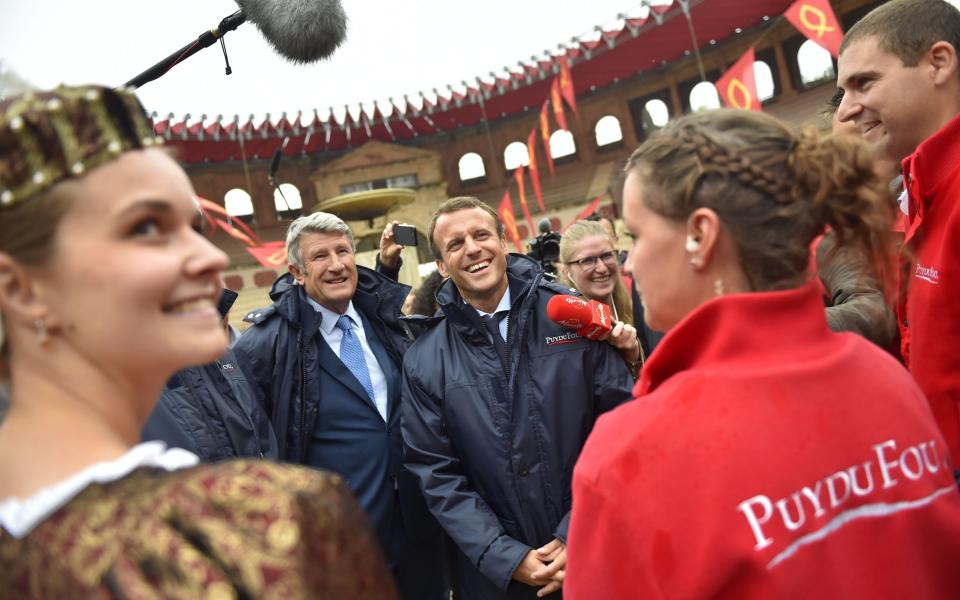
We kick off in St Sulpice-sur-Verdon (north of the county capital La Roche-sur-Yonne). La Chabotterie manor house is where the war came to a halt with the arrest of Charette on March 23, 1796. The fellow would indeed have become a solid-gold French paladin, if only he’d been on the right side. The Vendéens’ most charismatic general carried on the battle after other leaders had been killed, drinking and womanising all night before fighting all day. As it was, he went to the firing squad pledging loyalty to church and king. This didn’t recommend him to Republican myth-makers.
La Chabotterie claims Charette as its own though, in reality, he only spent one night here, after being caught in the woods. But the manor has been well restored as an indication of the 18th-century lives of minor rural aristocrats – those who, like Charette, were closer to the peasantry than to the aspirations of bourgeois revolutionaries. You may contemplate the kitchen table upon which the captured Charette’s wounds were dressed before he sat up to tackle two pork chops and a flagon of wine (nossites.vendee.fr/logis-de-la-chabotterie; from £6.15). If you’re hungry yourselves, and loaded, you might eat at the Michelin-starred Chabotterie restaurant, one of the region’s finest (lachabotterie.com; lunch £46, dinner from £75).
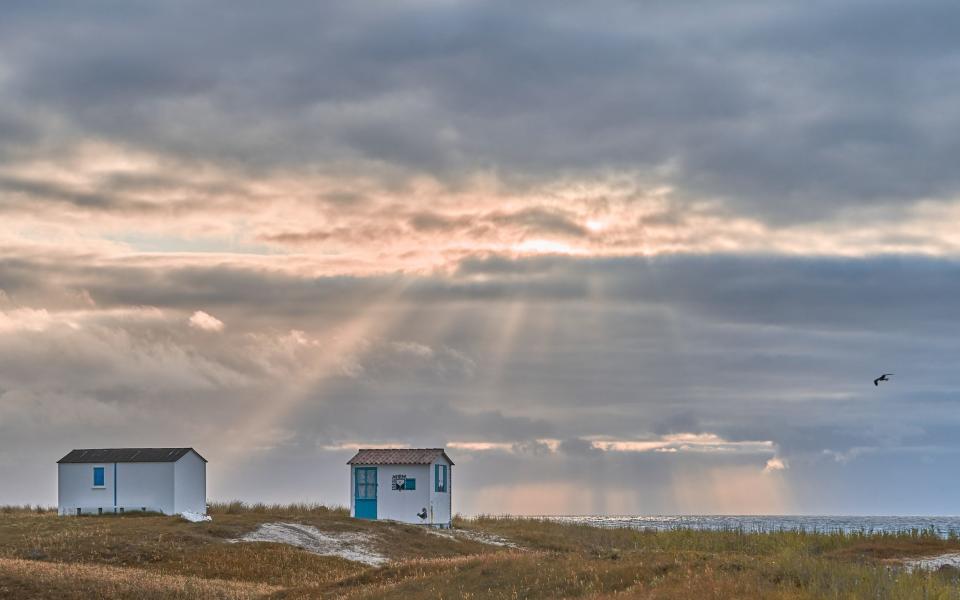
Later, or another day, we move on to Les Lucs-sur-Boulogne, where the historical museum is a hell of a place to find in what’s not much bigger than a village. There’s grass all over the roof, loads of space and smart displays covering the entirety of the region’s past (nossites.vendee.fr/historial-de-vendee; £7). The section on the Vendéen war covers the basics in sprightly fashion. Vendéens, it underlines, turned against the republican revolution only when convinced that the new regime was worse than the old.
Confiscated land had gone not to the peasantry but to the bourgeoisie. Taxes remained high. The clergy, linchpins of Vendéen life, were being oppressed. The king had been executed. To cap it all, recruiters showed up in early 1793 to conscript men into a Republican army facing foreign wars on several fronts – but all a very long way from the Vendée. The fuse was lit. Revolt spread. What started as a popular uprising quickly became a war for God and king against the new republic. Stirring cries rang out. Young Henri de la Rochejaquelein, another Vendéen military leader, voiced the finest. “If I advance,” he cried, “Follow me! If I retreat, kill me! If I die, avenge me!”
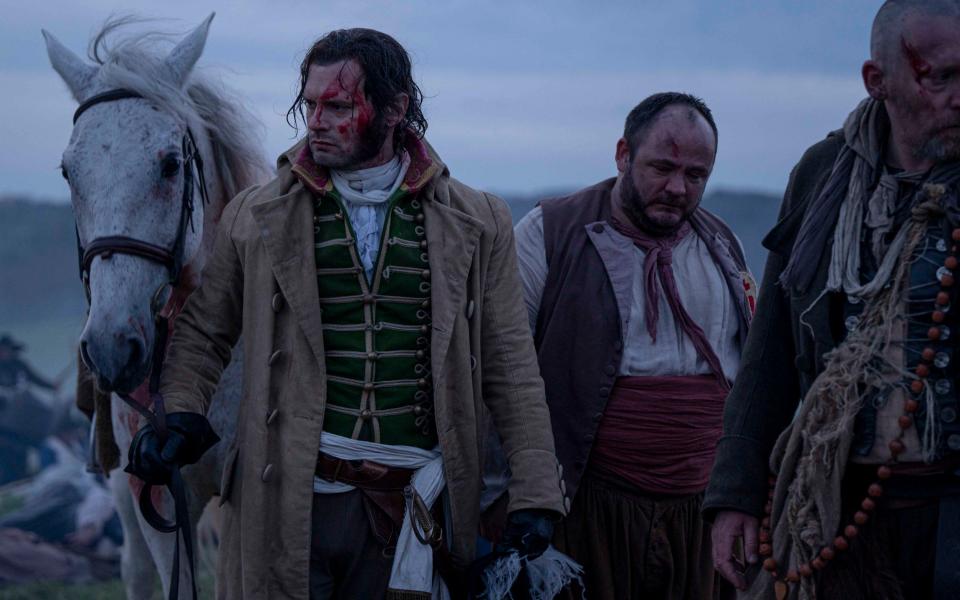
Eventually, though, Republican forces gained the upper hand, crushing the rebels’ main army. Then they sent detachments of regular troops (“les colonnes infernales”) to clear the Vendée of everyone else. Across the way from the museum, on a little hill, a chapel commemorates the slaughter of 564 men, women and children as an infernal column swept through Les Lucs in February 1794. “A tiring but fruitful day,” wrote one of the soldiers involved. “We saw off an entire nest of churchgoers.”
Nearby, too, a memorial to the massacred is sombre with artists’ attempts to tackle terror, and the bongy, dissonant music which generally accompanies the same. It was inaugurated in 1993 by Aleksandr Solzhenitsyn, who knew a thing or two about the considerable bad engendered by the Greater Good.
So to the forest. Across the Vendée, locals legged it for the woods when Republican columns threatened. They’d set up camp there. Outside the village of Les Brouzils, the Grasla forest reveals a reconstruction of just such a settlement. The collection of huts among the trees was once refuge not only to families and priests but also to forges, farm animals, a bakery and much else besides. It’s a lively visit in peaceful surroundings, though the terror generated remains beyond the reach of reconstruction.
Finally, it would be absurd to visit the Vendée – especially on this mission – without spending at least one day at the Puy-du-Fou historical theme park, outside Epesses. The park has won theme-park Oscars as the world’s best, both for individual attractions and for the overall park. The 96-acre site hosts historical villages covering four different periods, plus 14 historico-shows of staggering scope and invention – and casts of hundreds. These run from a full-scale Roman arena with gladiators, Christians, real lions and tigers and a Ben Hur chariot race via a Viking show with a drakkar emerging from the water to a Hundred Years’ War action story of siege machines, a burning castle and horsemanship which, last time I was there, I could barely believe.
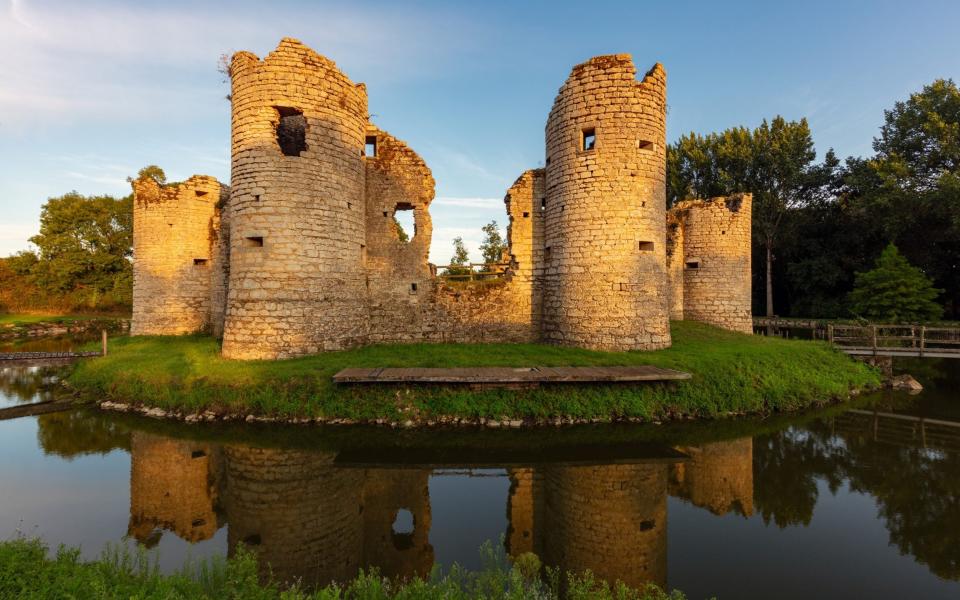
Recently, and here’s the point, they have added a complete show themed on General Charette. Its success motivated the movie. Thus, you will bump into the fellow’s story full-on (puydufou.com; adults from £37, with reductions for second and third days; children under 13 from £26). You’ll maybe find it enthralling, for it’s a good story. Just don’t mention this when you’re next in a salon-full of Parisian intellectuals. Or, rather, do mention it, and stick it to them.
And bear the episode in mind as you drive on through the flat countryside. Reminders are everywhere. Crosses and monuments commemorating battles punctuate the landscape. Some 1,500 Vendéens were shot near Tiffauges castle up the road. Cholet and tiny Torfou were further scenes of that singular slaughter which distinguishes civil wars. An ongoing effect is that restraint and self-reliance are in the air: the Vendée majors on small home-grown businesses. And its emblem is still a double heart topped with a cross, recalling the struggle for God and king.

We are, in short, deeper in than we would be in Britain with Cromwell, Bonnie Prince Charlie or the Chartists – vital figures all, but whose battles are in the past. The French are still fighting. Then again, this is a matter for them, not us. With that in mind, we might now head for the beach.
Where to stay
Slotted into a former maison-de-maitre in Les Herbiers, the four-star Villa Métis is handy for the sites mentioned, and has a fine restaurant to boot (villa-metis.fr; doubles from £101, dinner mains from £16).
How to get there
Fly to Nantes from Gatwick, Birmingham or Bristol (easyjet.com); Stansted, Manchester or Edinburgh (ryanair.com). Hire a car; try europcar.com. St Sulpice-le-Verdon is 35 minutes from the airport.


